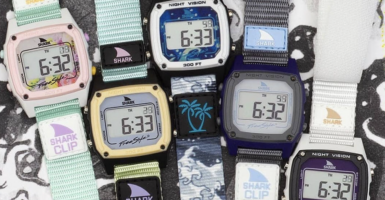Take A Look At Vintage Brands From The Past
It’s easy to grow tired of the constant barrage of ads we see in our day-to-day lives, but it’s impossible to deny the fact that branding has a lasting effect.
Certain brands, in fact, can elicit a strong sense of nostalgia. While many of these brands are still in existence today, they had a certain magic in past decades that’s hard to conceive of today.
RCA
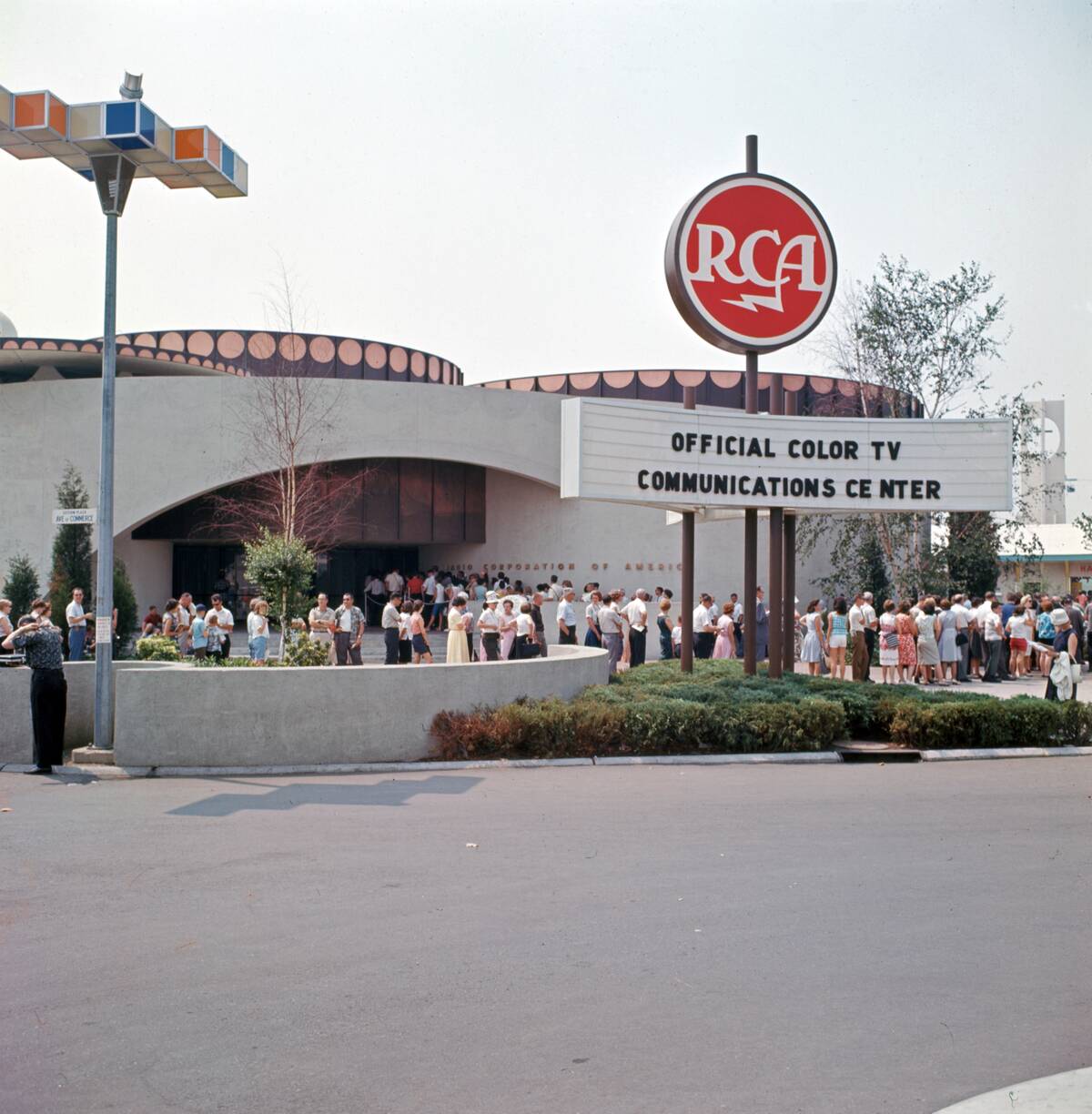
While the RCA name is still circulating today, modern-day RCA is truly a shell of its former self. During its heyday in the midcentury years, RCA not only manufactured television sets, but helped to popularize the TV format.
In addition to TV sets and radios, RCA also ran its own record label, which signed artists like Elvis Presley. For a time, RCA was an all-in-one entertainment powerhouse.
Fisher-Price
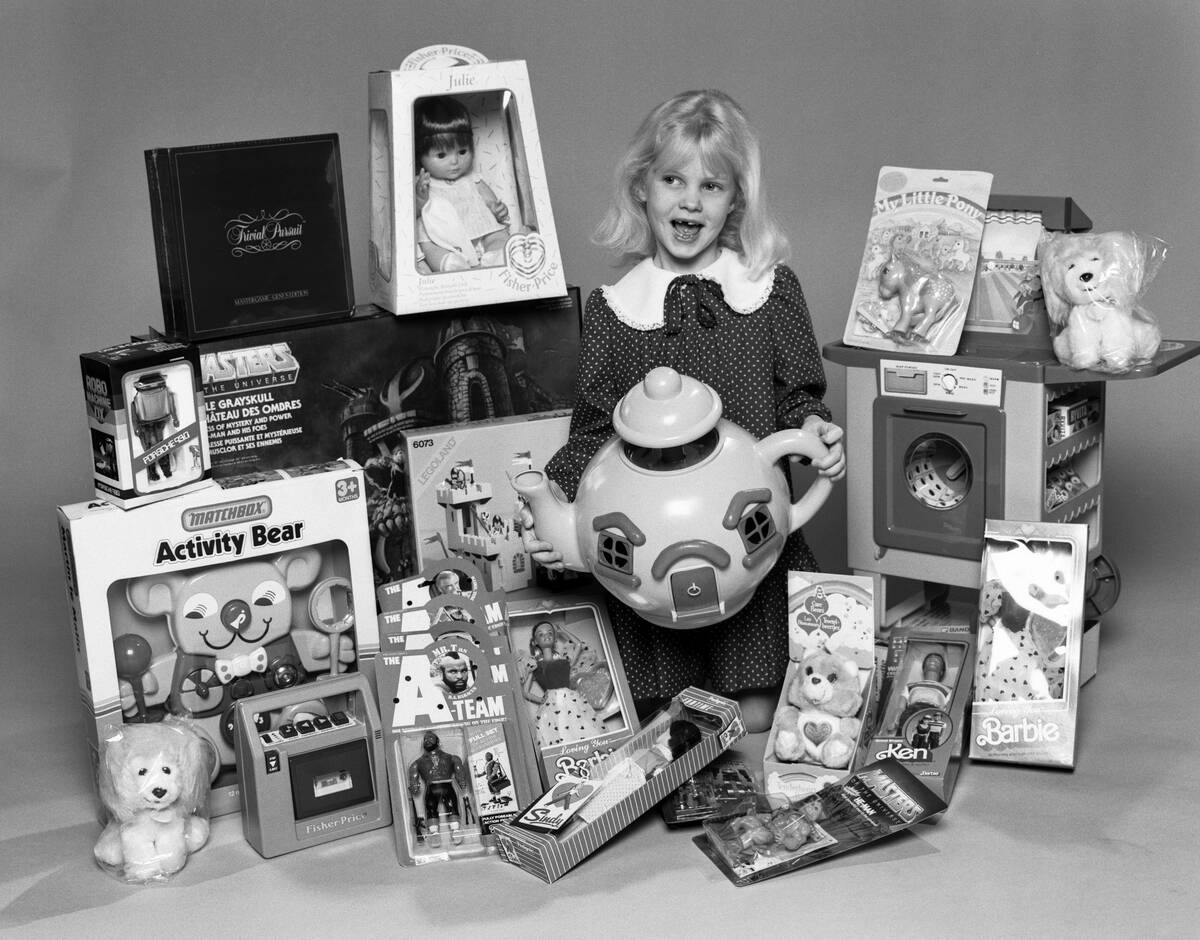
One of the most enduring children’s brands to emerge during the 20th century, Fisher-Price became immensely popular thanks to its lineup of colorful, durable toys.
The brand still exists today, and some of its most iconic brands – including Little People – are still being manufactured.
Nabisco
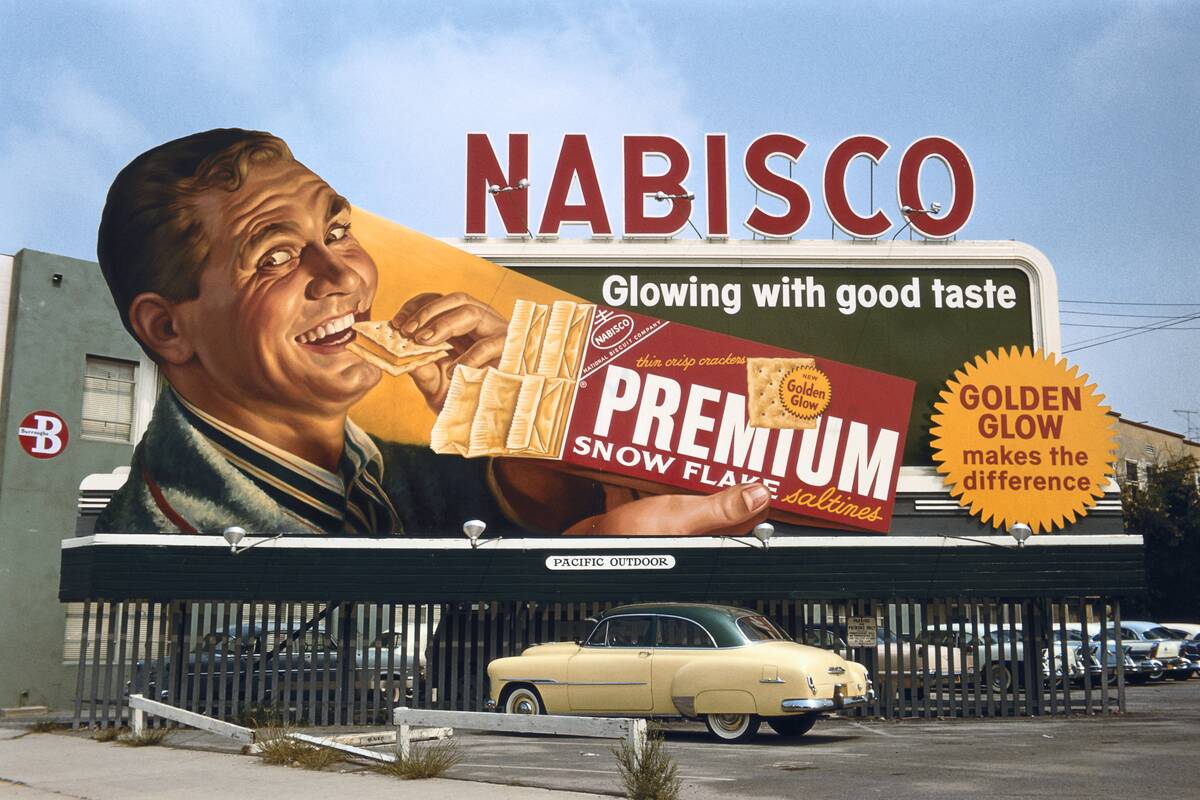
Nabisco, a shortened version of ‘National Biscuit Company,’ is best known for popular biscuits and cookies like Ritz and Oreo.
The company capitalized on the increasing popularity of processed and packaged foods, and earned a wide audience thanks to aggressive advertising on TV, print, and radio.
Safeway
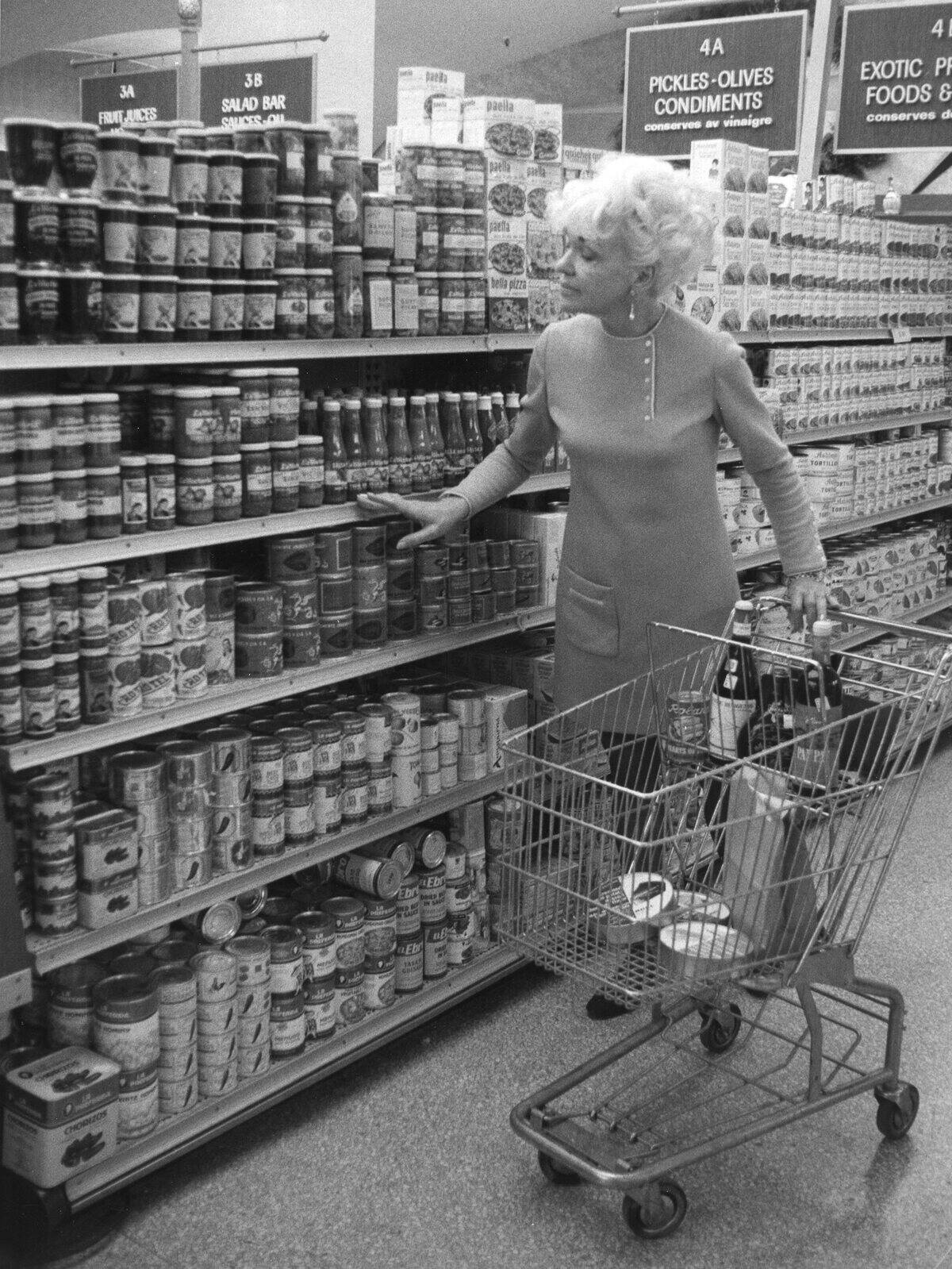
One of America’s leading supermarket chains during the midcentury years, Safeway was at the forefront of the newest trends in large grocery stores during this era.
An aggressive expansion campaign took place throughout the 1950s, with Safeway opening locations in suburban areas with vast parking lots to serve America’s growing car culture.
Burger Chef

It’s often forgotten amongst its fast food contemporaries, but for a time, Burger Chef was one of the more popular fast food restaurants in the country.
Originally founded in the late 1950s, Burger Chef served as a pioneer, with its “Funmeal” for kids predating the McDonald’s Happy Meal by several years. By the early 1980s, though, Burger Chef was in a steep decline.
Westinghouse
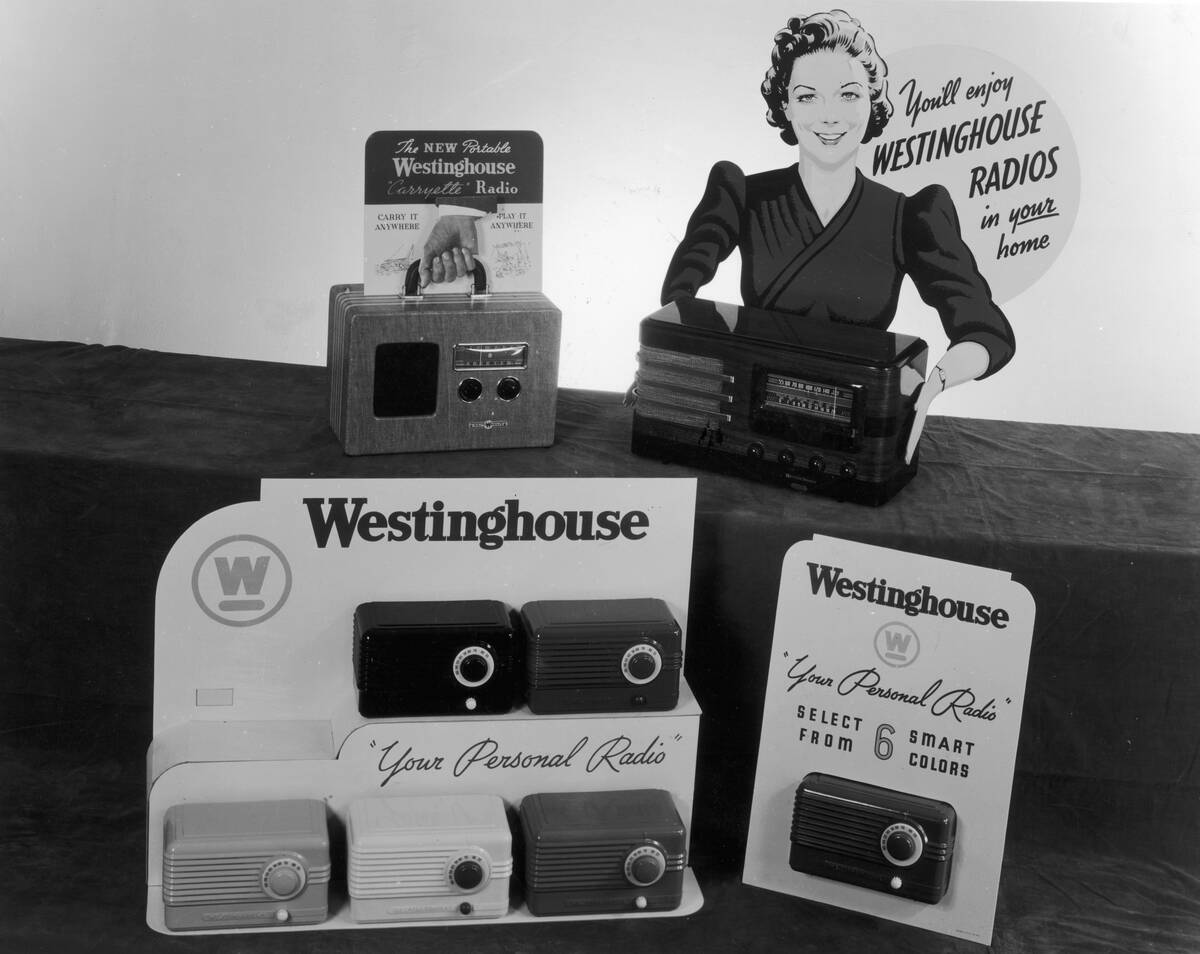
While many different companies manufactured home appliances, Westinghouse earned a reputation as the crème de la crème of the marketplace, thanks in part to its “You can be sure…if it’s a Westinghouse” slogan.
Westinghouse made not just home appliances like fridges and washing machines, but was also involved in broadcasting and even nuclear power.
Wham-O
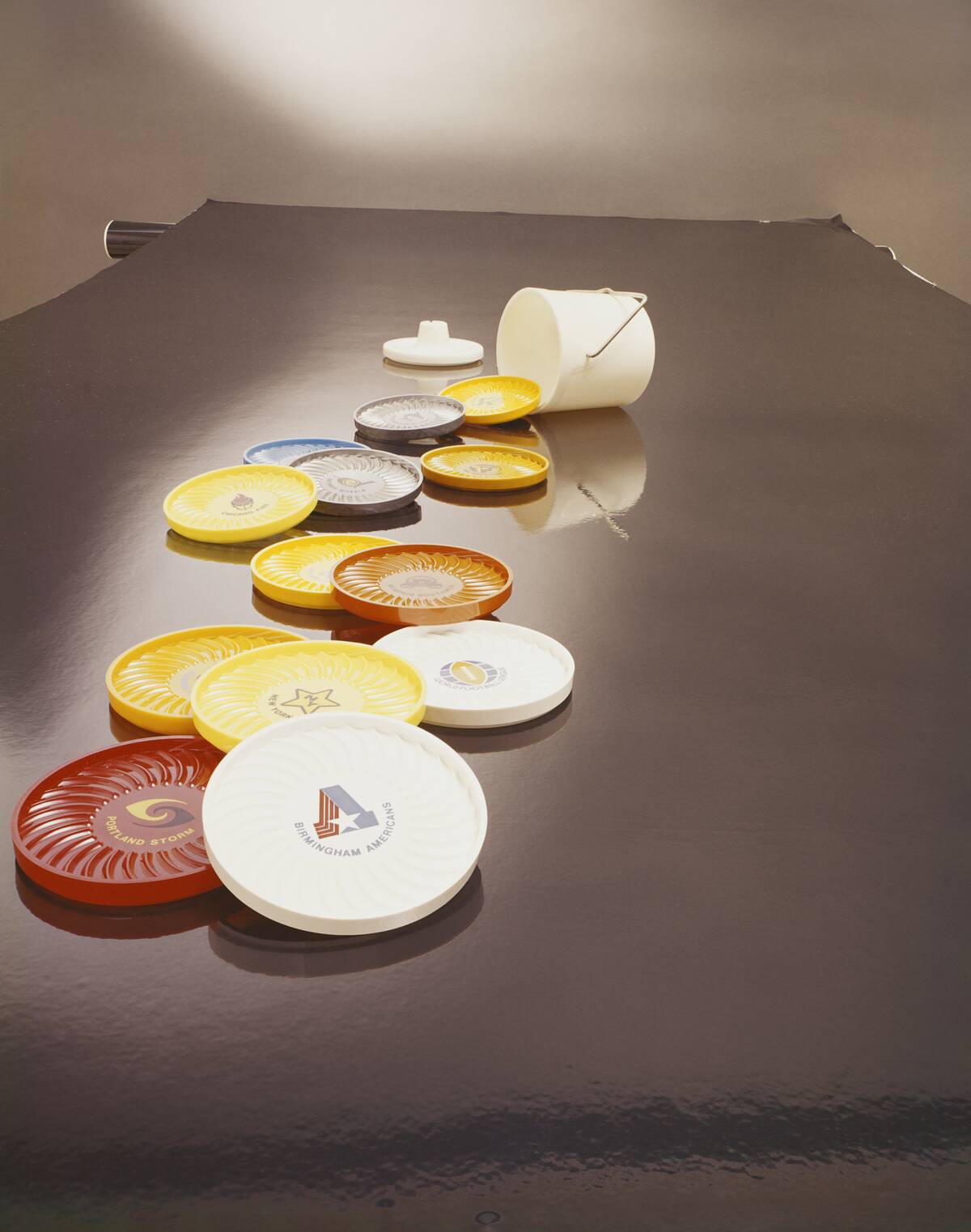
Best known for their iconic Frisbee flying disc, Wham-O was a beloved manufacturer of various creative children’s toys.
Rather than adapting existing toys, Wham-O used the latest materials to create innovative ways to have fun. In addition to the Frisbee, Wham-O also made the Slid ‘N Slide and Super Ball.
Spam

Spam emerged during World War II as an inexpensive, non-perishable and easy to distribute food source for soldiers abroad and families at home.
Following the war, Spam grew in popularity with a general public that was already accustomed to the product. Through the years, it became the staple of various creative home recipes.
J.C. Penney
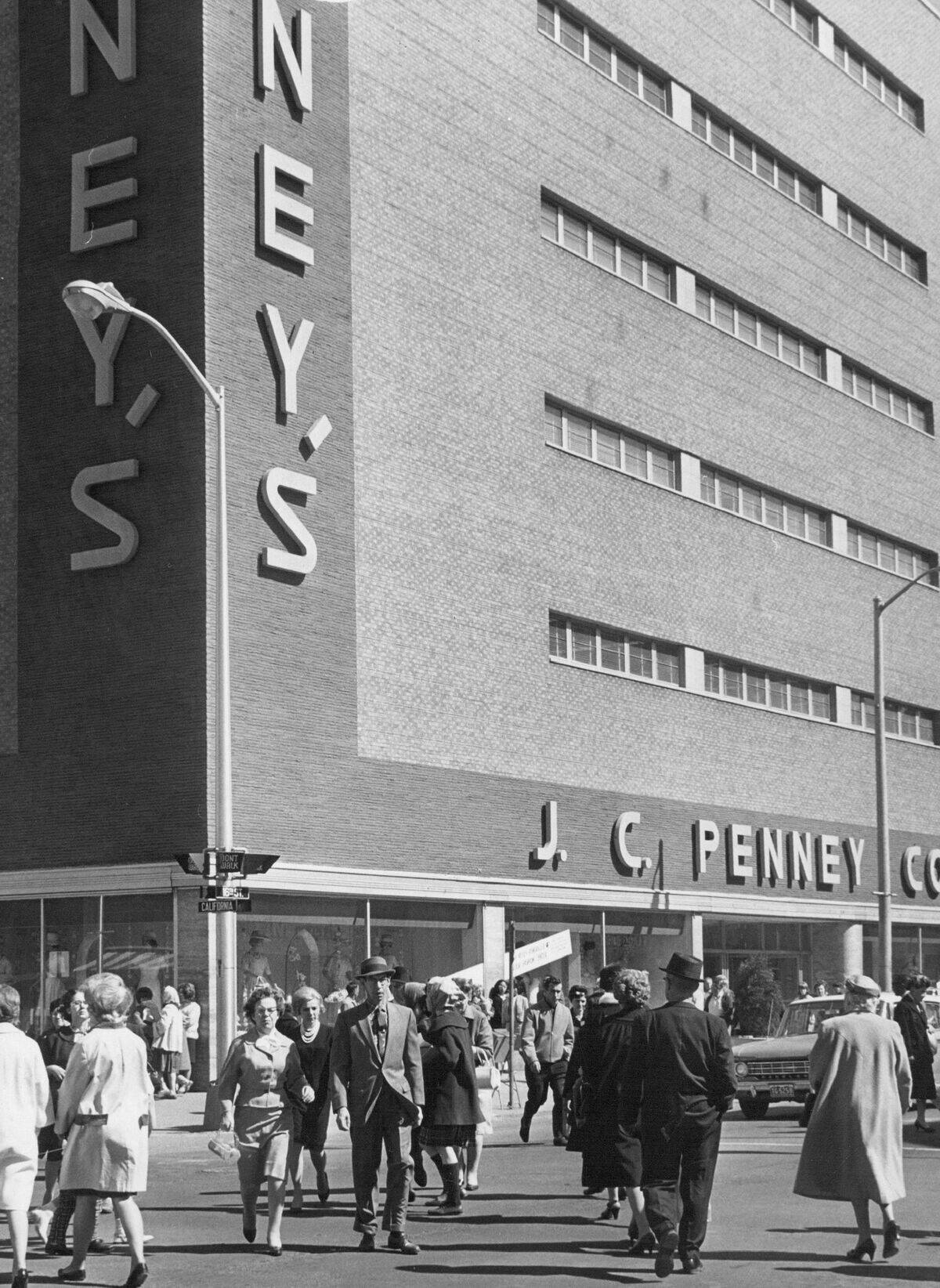
J.C. Penney is a retail giant that still exists today, but it truly made its name during the 20th century years. It was one of the first department store chains to aggressively expand throughout the country, and its stores anchored many shopping malls from coast to coast.
While it was never seen as a high-end or low-end retailer, J.C. Penney nonetheless established a foothold as a reliable, middle-of-the-road department store.
Kresge
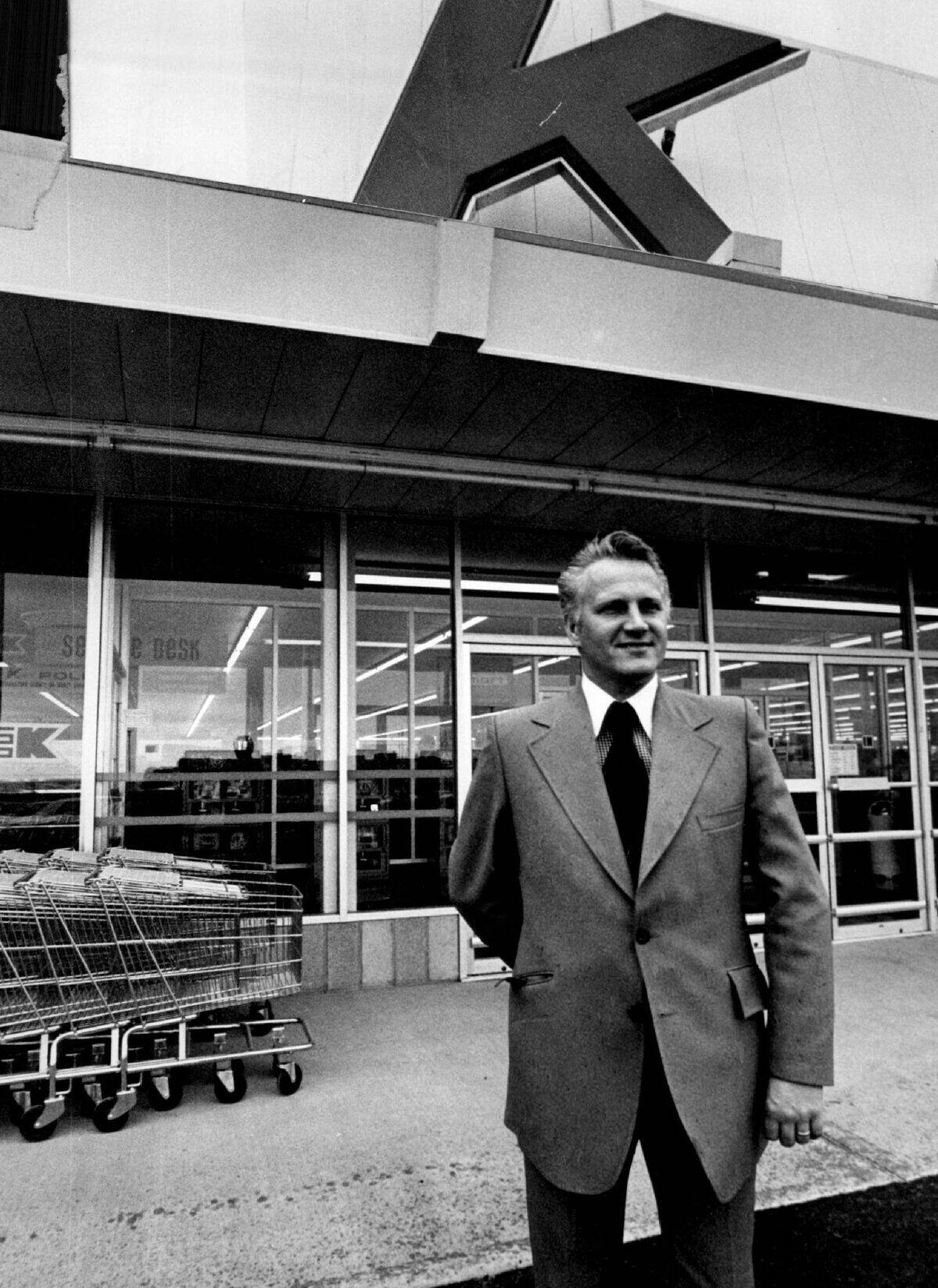
Founded in the early 20th century as Kresge and rebranded in the 1960s as K-Mart, this discount department store gained traction during the postwar boom years.
K-Mart experienced a surge of success in the ’60s and ’70s as a lower-cost alternative to fancier stores, but in the ’80s faced stiff competition from Walmart.
Dairy Queen

Hamburger stands and ice cream shops were immensely popular in the midcentury years, and Dairy Queen was uniquely positioned as a brand that could provide both hot eats and cool treats, as its tagline states.
Iconic treats like the Blizzard wouldn’t emerge until the ’80s, but in the meantime, DQ’s classic cones, sundaes, and milkshakes were a go-to treat for Americans.
Tupperware
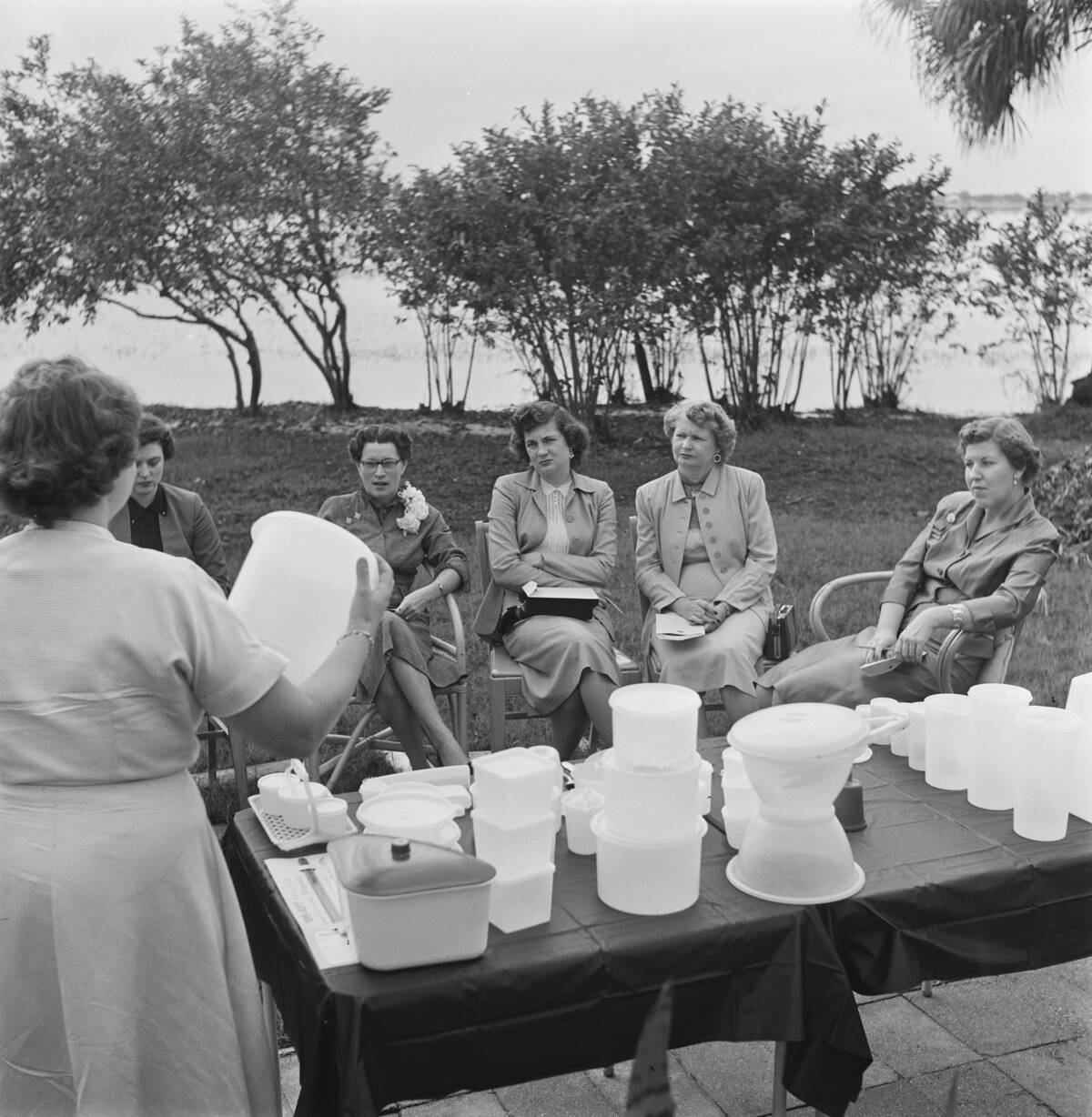
Tupperware’s lineup of airtight plastic containers was an innovation that was only made possible by technological advances in plastics.
The utility of Tupperware is obvious, but these practical products became immensely popular thanks to the “Tupperware parties” of the 1950s, where housewives would demonstrate and try out the products.
Mattel
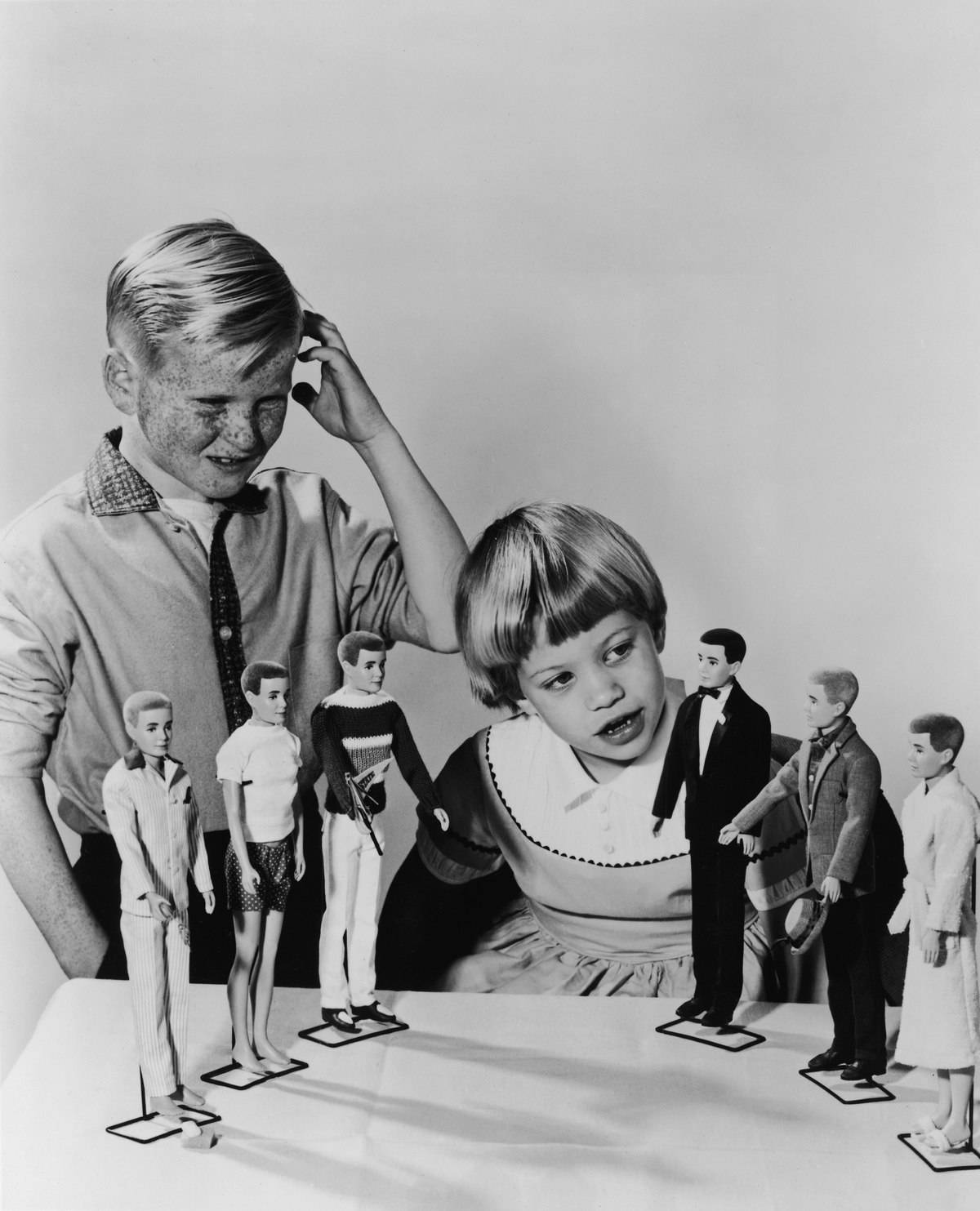
Mattel first made a name for itself in the ’50s with products like the Chatty Cathy doll and Hot Wheels cars, but the company found its biggest breakthrough in the 1959 with the debut of Barbie.
The doll, which spawned a massive lineup of toys and media projects, has been imitated many times in the years since and remains popular to this day.
Kool-Aid
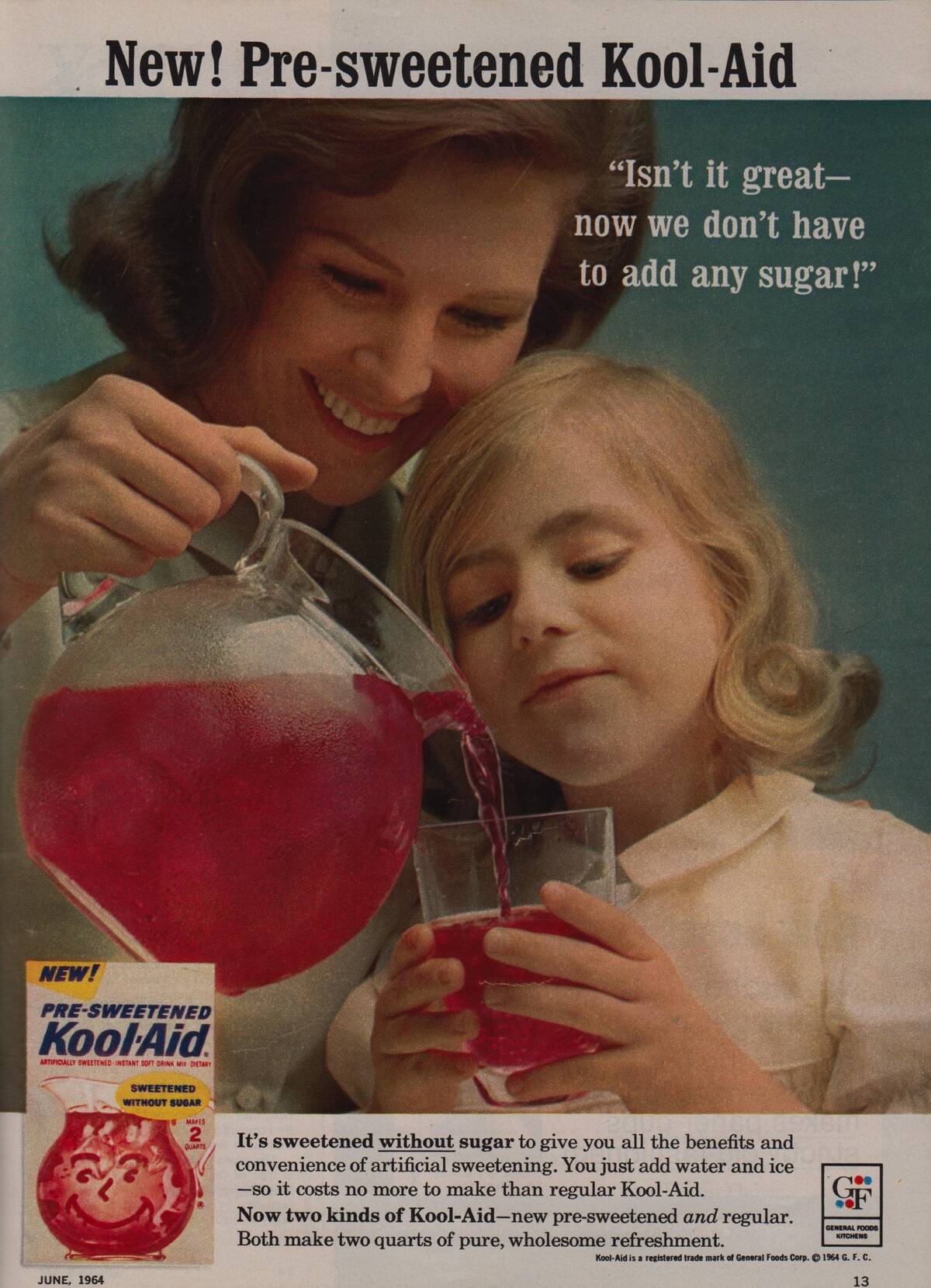
The go-to beverage for kids’ birthday parties, Kool-Aid became a summertime staple in the 1950s with its convenient, low-cost, easy to make beverage mixes.
The drink was popular enough on its own, but what truly cemented its pop culture status was the introduction of the Kool-Aid Man mascot, who starred in a variety of memorable commercials.
Campbell’s Soup
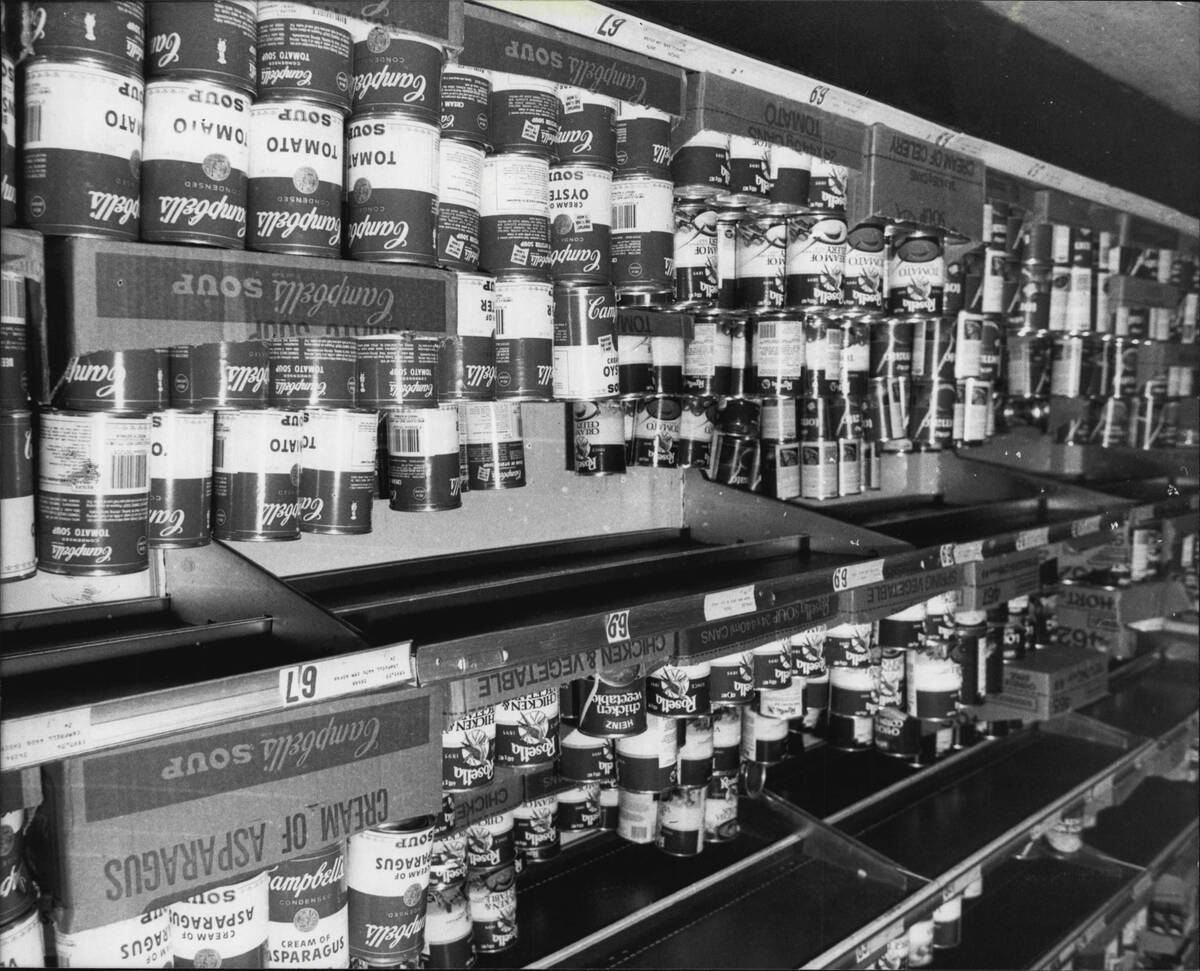
Campbell’s Soup had been a reliable soup manufacturer for decades by the midcentury years, but Andy Warhol’s unique artwork helped elevate the aesthetics of the Campbell’s can into an iconic image.
Campbell’s has kept its distinctive cans for the most part, and continues to create various canned products into the modern age.
Montgomery Ward
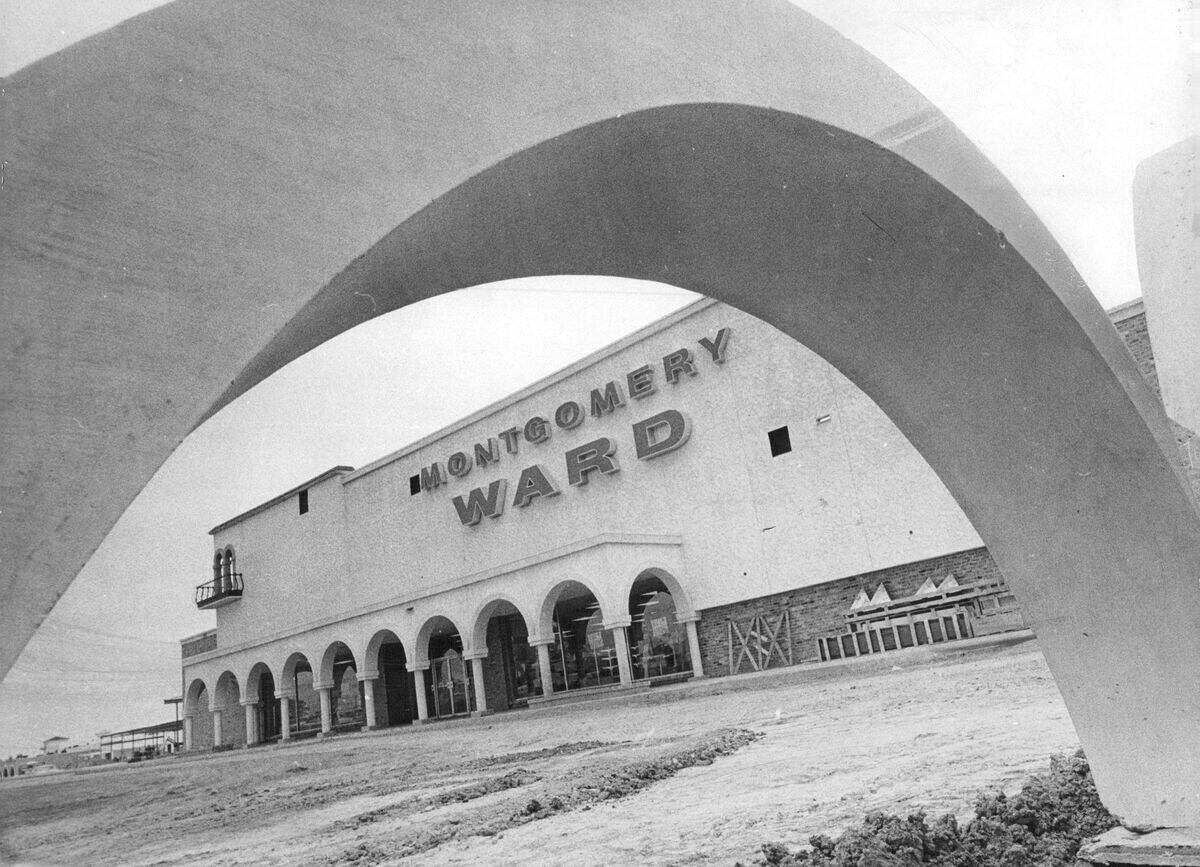
Montgomery Ward is an example of a retailer that bridged the divide between the early 20th century, when mail-order reigned supreme, and the postwar boom, where suburban department stores became the norm.
While the brand initially made the transition from mail order to brick-and-mortar retail fairly smoothly, it faced an uphill battle in the 1970s as upstart discount retailers threatened its place in the hierarchy.
Howard Johnson’s

The distinctive and welcoming orange roof of the Howard Johnson’s restaurant and motel chain used to be a common sight along American highways and byways.
The chain expanded rapidly in the 1950s and ’60s and found its niche with middle-class families looking for reasonable accommodations and tasty food on road trips.
Woolworth’s
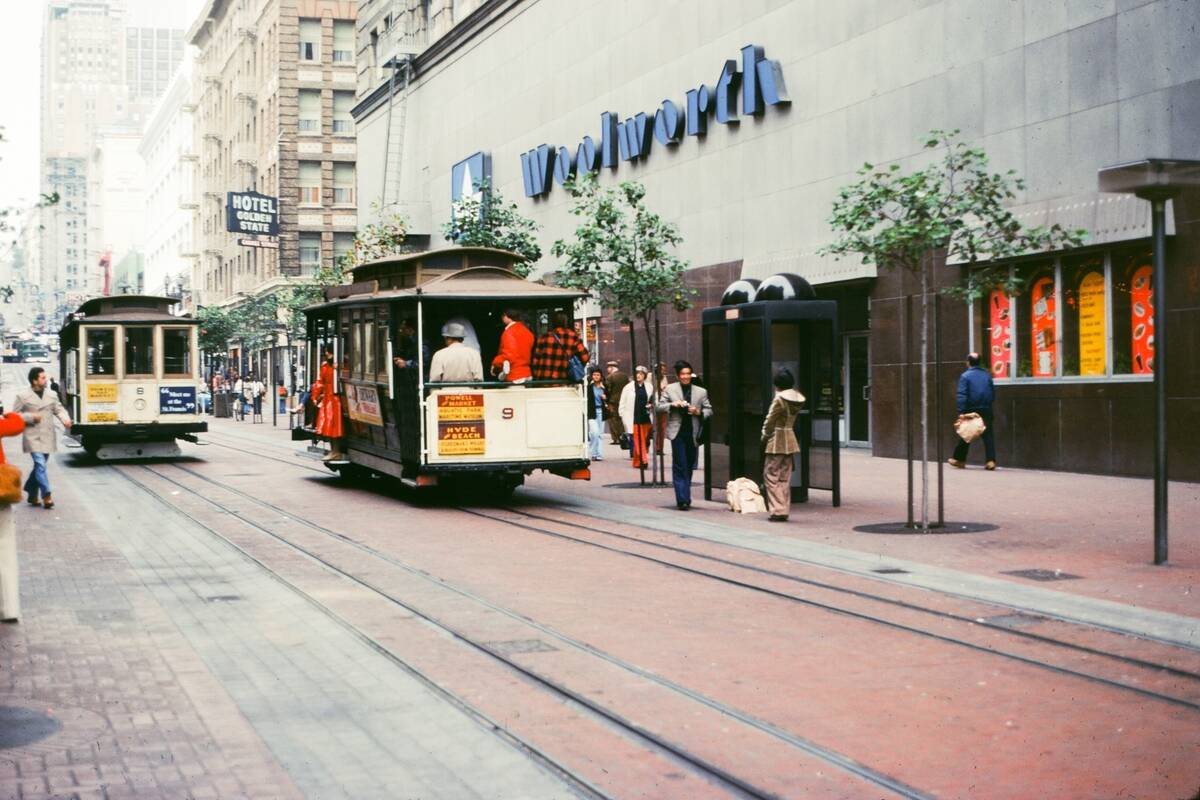
Woolworth’s was a trusted name in low-cost merchandise, which could be found at its iconic five-and-dime stores.
After its founding in the late 19th century and rapid expansion after World War II, the store cemented its place as a destination for shoppers. It entered a period of decline in the 1970s and would not be able to bounce back.
Polaroid
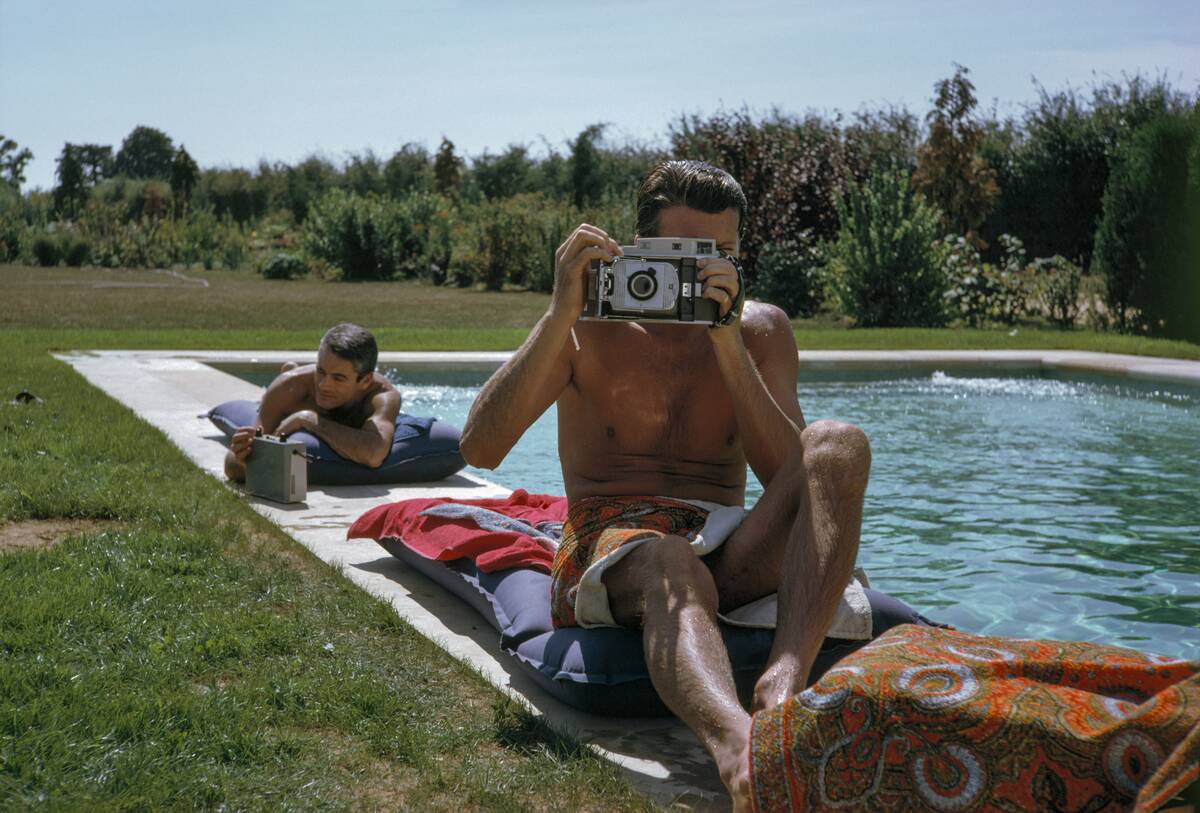
Polaroid offered something that seemed magical at the time: a snapshot that would be fully developed and ready to view, just seconds after the picture was taken.
Needless to say, the appeal of a camera that didn’t need to have its filmed taken in to be developed was self-evident, and Polaroid became immensely popular. The rise of digital photography, however, made Polaroid more or less redundant.
Sears Roebuck
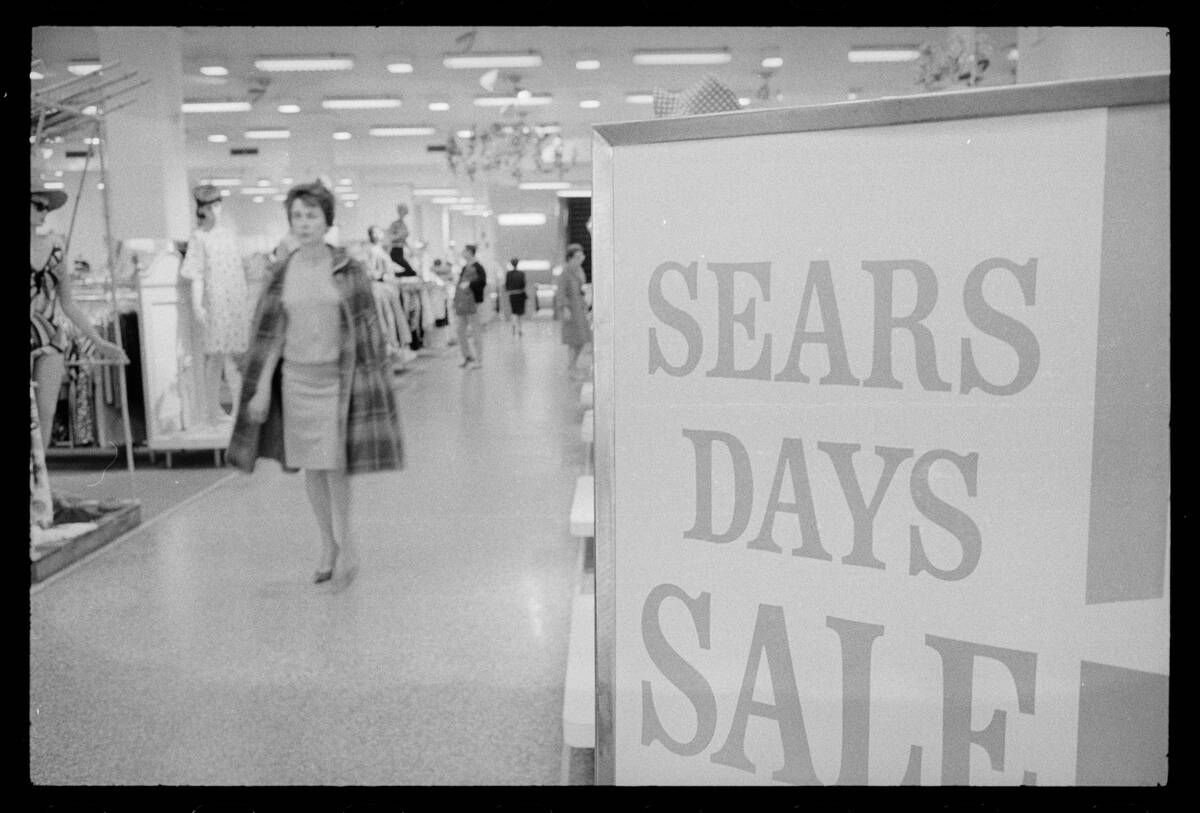
Sears, Roebuck & Co. was an influential retail giant for the entirety of the 20th century after being founded as a catalog business late in the 19th century.
Customers could find just about everything in its catalogues, and later, its stores. Sears later found a foothold in suburban shopping centers, and though it faced rising competition, would continue to be a force for decades to come.


